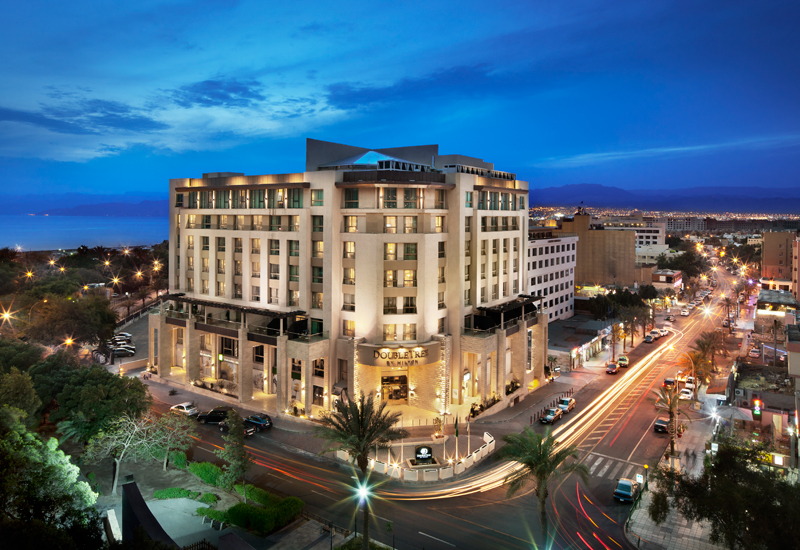Hotels track their progress in this via the ‘Care Cup’, an internal competition that, while not compulsory, resulted in every hotel globally bar five submitting a “quarterly care pack” in Q2.
“They’re all engaged in this, they’re involved, they track their progress and they’re proud of what they do and I think that’s the important thing and we believe that that commitment to the brand, to each other, the guest and the community shows when you come and stay at one of the hotels,” asserts Greenleaf.
Another area of engagement is social media, which has been important in each of the new markets DoubleTree has entered, including most recently Dubai.

| Advertisement |
There are various prongs to the strategy, including social media champions volunteering in each hotel, a socialite programme, in which some of the best of these social media champions gather for three or four days to share their expertise, which is then rolled out to other hotels, and the D Tour YouTube channel, which has seen multiple travellers post pictures and snaps during their travels.
“It’s basically a social site of our own that travellers can participate in done in partnership with Google, which is a clearing house for other social media. It’s unique to the industry and pretty neat,” says Greenleaf.
With these strategies in place, the plan is clear: “to grow fast and to grow smart”, with the Middle East “a real opportunity” for both the DoubleTree by Hilton and Hilton brands.
“We need to make sure that we open hotels that are of the highest quality in the parts of cities and in cities that are going to be meaningful for our travellers and those who are aware of us,” says Greenleaf.
“So growth is where we spend a lot of time and in many ways you could say that is one of the key areas in which the brand is evolving. When you go from zero to six hotels in the Middle East in a relatively short amount of time, with 13 more yet to open, that’s a transformation of a brand that had no presence to one that will be one of the dominant players in a short number of years; and you can pick different markets in the world where we’ve been able to do that.
“In India we’ll go from three to six hotels this year, and our pipeline in China is significant. We have seven hotels in Turkey whereas just a few years ago we had none,” he adds, asserting his confidence for Middle East expansion.
Of competitors, he identifies global four-star brands understood as full-service hotels — the likes of Marriott, Sheraton, Crowne Plaza, and a number of regional brands. However, Greenleaf is confident DoubleTree has the edge.
“Most people would typically view Marriott as priced above DoubleTree. Most would view Sheraton as a brand that is older, both in its customer base and in the quality of the offerings in many of the markets; but the Middle East is different.
“So when you look at an opportunity for a larger number of hotels that are new, with a brand focused much more on service in a market where service is much more important than it is in some others, we believe that the brand of hospitality that we offer, the newness and diversity of the hotels, and the presence we have built in other parts of the world that are sources for business to the Middle East together is a real opportunity we believe, not just for DoubleTree but for Hilton as well,” concludes Greenleaf.”
Article continues on next page ...









 Search our database of more than 2,700 industry companies
Search our database of more than 2,700 industry companies









